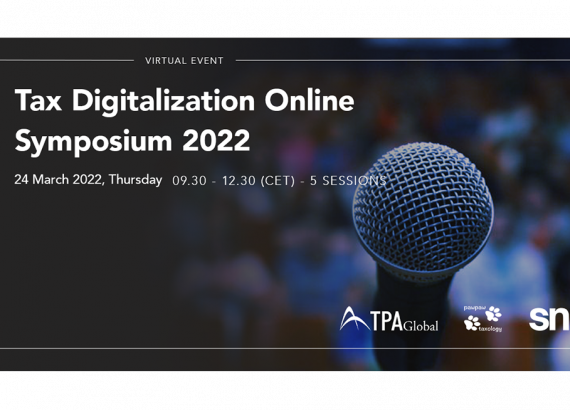Resources
E-Invoicing In the United Kingdom



Legislation
The Public Procurement (Electronic Invoices etc.) Regulations 2019
Tax Authority
Her Majesty’s Revenue and Customs (HMRC)
Crown Commercial Service
Mandatory Status
- e-Invoice
- B2G Procurement
Mandatory - B2B Procurement
Voluntary - e-Filing
Mandatory
Reporting Model
UN/EDIFACT, EANCOM and ODETTE
comma-delimited ASCII, PDF
UBL and UN/CEFACT
Format
EDI, XML, and PDF
e-Signature
Not required
Archiving
6 years
The government announced that issuing and processing electronic invoices between businesses and public entities is mandatory from 2020. For B2B transactions, issuing e-Invoices are voluntary however buyer’s consent is required.
The Peppol network is used only in England to exchange electronic documents. Sending e-documents and messages, or connecting networks with each other is safer and easier via Peppol. In Scotland, e-Invoices are sent via PECOS P2P which is a national e-Invoicing solution.
Apart from e-Invoicing, VAT return reporting which is named Making Tax Digital (MTD) has been mandatory. HMRC’s MTD is about the digitalization of taxes and keeping VAT records which came into force in 2019. Since April 1, 2022, all thresholds have been removed and all VAT registered companies must submit VAT return automatically to HMRC from their software via API. All processes consist of 3 main steps: VAT record extracted from ERP system which is convenient to work with HMRC database, extracted data prepared for submission, and final part VAT return submitted to the tax authority. If Taxpayers use multiple software to collect data, connect them via a digital link.
The VAT returns must be filed online to the government gateway. The VAT returns must be filed online to the government gateway.





